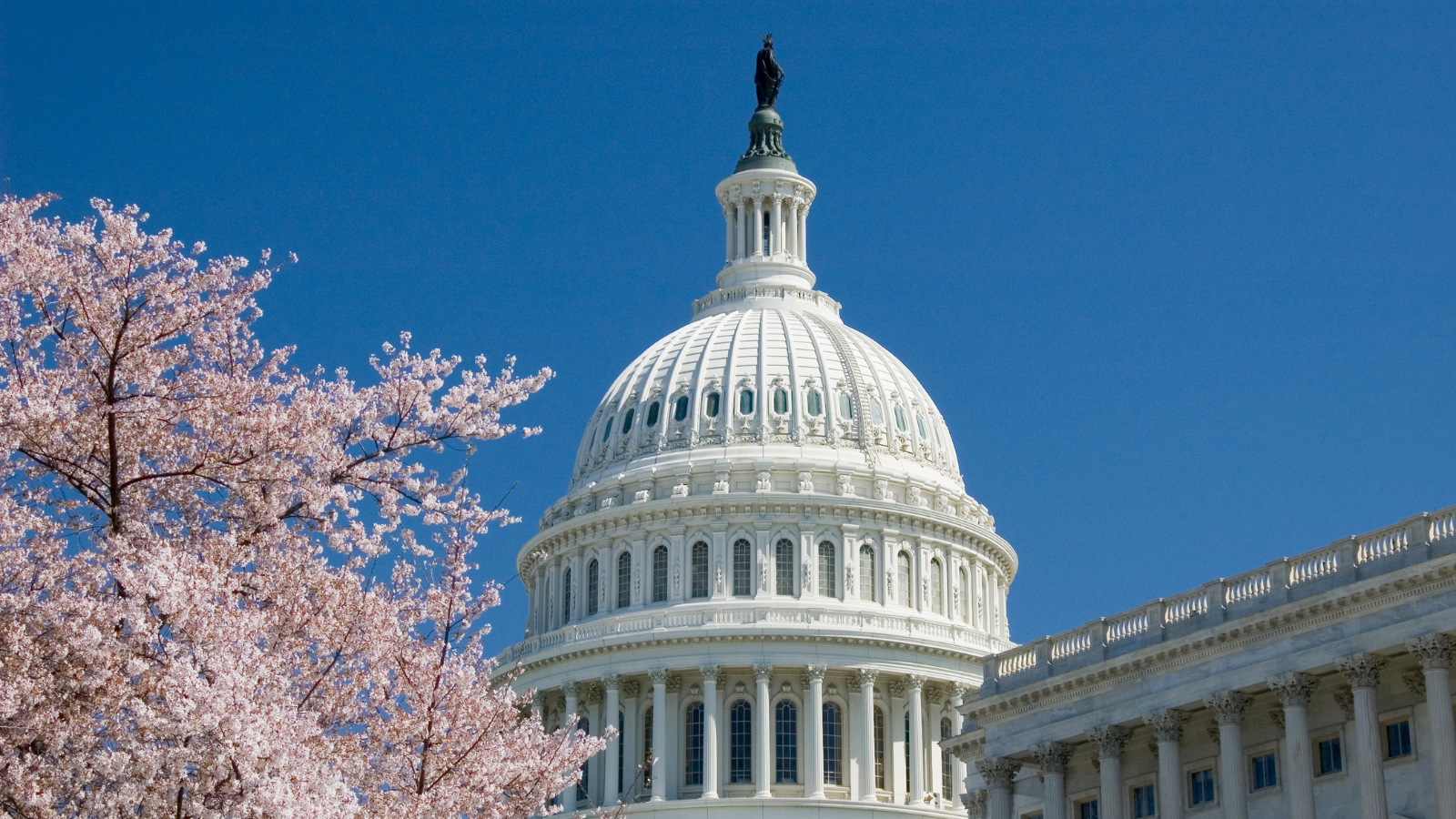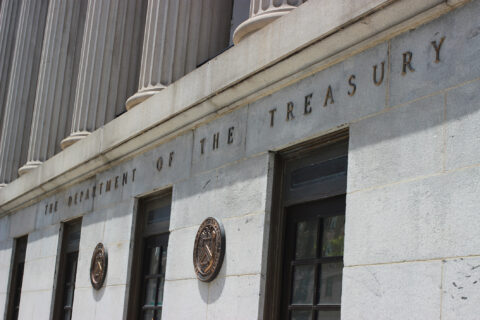The House and Senate passed another short-term Continuing Resolution (CR) on Thursday (February 29) to give Congress more time to finalize and approve the 12 federal appropriations bills for the FY 2024 budget. None of the 12 annual spending bills have been sent to the President for enactment despite being five months behind schedule.
If Congress can meet the two new spending deadlines approved under the CR, March 8 for half the bills and March 22 for the remaining half, this year’s prolonged period of uncertainty about funding levels for federal programs – including grants to local governments – could come to an end.
The House passed the CR first by a bipartisan vote of 320-99, with a majority of both Republicans and Democrats in the House supporting passage. The Senate voted 77-13, also with majorities in both parties supporting. Following House passage, NLC released a statement:
We are glad that a shutdown is now likely to be avoided following the continuing resolution (CR) passed by the U.S. House of Representatives. We are also hopeful that this will be the last short-term funding patch and that the 12 spending bills can be passed on a bipartisan basis as soon as possible,” said Clarence Anthony, CEO and Executive Director of the National League of Cities (NLC). “Without knowing the federal government’s spending levels, local officials are faced with uncertainty about how much they can count on from the federal government as they formulate their city budgets. At NLC’s upcoming Congressional City Conference, more than 2,500 local leaders from across the country will be coming to Washington to advocate for their communities. Budget certainty will be among the top issues our members will raise with their congressional delegations.
What’s in the CR?
This is the fourth time since October that Congress has temporarily extended the federal spending authority necessary to maintain federal government operations and prevent a government shutdown.
Several agencies responsible for local government grant programs are included in the first half of bills that now must be passed by March 8. These are considered the “easier” bills because Congressional leaders have essentially finalized negotiations over program spending levels. The list of agencies in the first round include:
- Departments of Housing and Urban Development
- Department of Transportation,
- Department of Commerce,
- Department of Agriculture
- Department Energy
- Veterans Affairs
The second half, including the Departments of Defense, Treasury, Homeland Security, Interior and Environment, State, Labor and Health-and Human Services, and funding for the House and Senate themselves remain under negotiation. Funding for this group was given the later deadline of March 22.
What’s Next for Federal Funding for Local Grant Programs in Budget Negotiations?
With several grant programs included in these two budget bills, for local government funding, the best option is passage of all 12 bills for maintaining close to level funding between FY23 and FY24. Other scenarios are:
- Congress overrides the threat of sequestration enacted as part of an earlier budget deal to suspend the debt limit and passes a new, year-long continuing resolution that locks in FY23 spending levels for all of FY24. If that happens, new programs would not receive funding and existing programs could not be plussed-up to account for the costs of inflation.
- Congress gives up on FY24 (worst case scenario) and allows the threat of sequestration to take effect on May 1st. The possibility of sequestration for FY24 was added to the earlier debt limit deal to incentivize members of both parties. It threatens an automatic 1% cut across all federal agencies.
However, since that June deal, budget authorities for Congress and the White House have determined sequestration would not apply to the Department of Defense, moving all required cuts to non-defense, domestic programs only. That would result in a deep 9% to 10% cut for nearly all federal grants local governments can receive. Such a deep cut could leave holes in local budgets that have already been approved with the expectation of generally consistent amounts of federally derived revenue. While the majority of members of Congress continue to favor the first scenario, a minority of budget hardliners in the House have indicated they would find the worst-case scenario an acceptable outcome.
Legislative text for the first half of spending bills is expected to be released before next week, which will reveal proposed funding levels for specific, individual programs. Soon after that happens, NLC’s Federal Budget Tracker will be updated with the new figures. In the event Congress misses the new deadlines and allows the federal government to shutdown, cities can also find NLC resources on the anticipated effects of a shutdown, and a checklist of actions to take to maintain stability through it.








